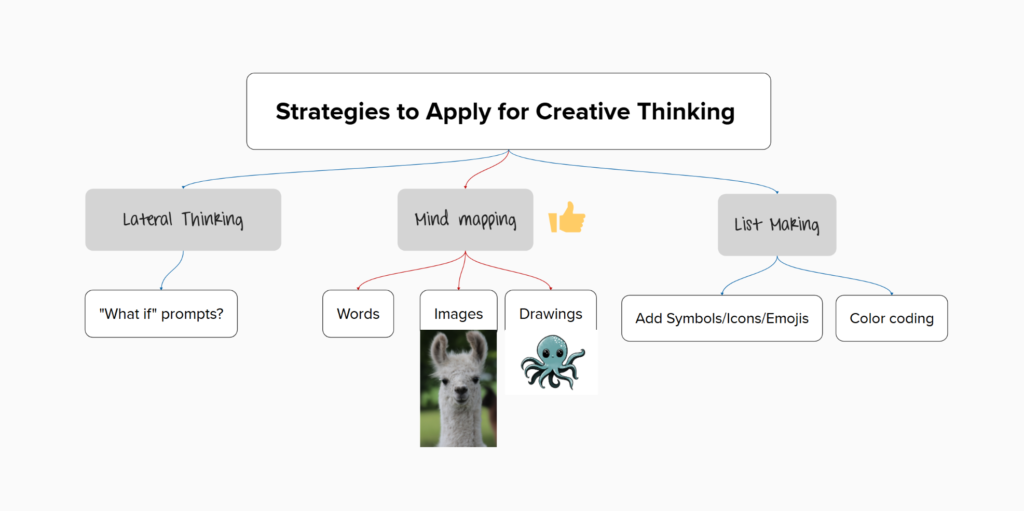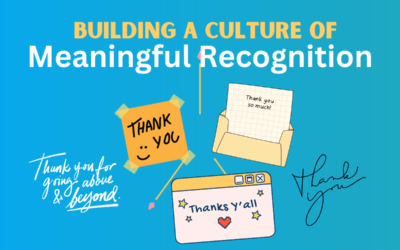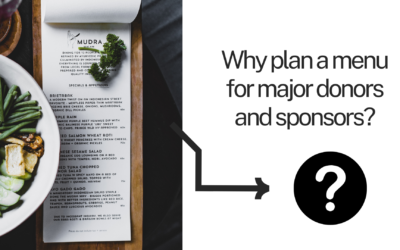
We’ve all heard the clichés: “think outside the box,” “break the mold,” “challenge the status quo,” “explore new perspectives,” “look at things differently,” “push the boundaries.” These phrases are meant to encourage creativity but can be vexing without specific actions to back them up. For me, they bring to mind images of a strategic planning retreat, where a facilitator hands out stacks of post-it notes and encourages everyone to “dream big.” While group brainstorming has its perks, the real challenge is applying that same creative spark to a solo project or task work. So, how do you unlock fresh ideas independently, without a group’s energy or a facilitator’s guidance?
I have used mind mapping to foster creativity (list takers take note). This technique is a visual method for organizing information, ideas, and inspirations non-linearly. Creating branches, connections, and relationships between thoughts and ideas to better organize them. You begin with a central idea or goal and map out related thoughts as they come. Some people mind map with words; I prefer to use pictures, images, or drawings to capture more creativity. The concept isn’t new, Tony Buzan popularized the term “mind map” in the 1970s and there have been many uses of visual representation for ideas over the centuries. Coming back to today’s approach – Googling “Mind Mapping” will yield thousands of results. I encourage you to look at the image results to see how creative they can be.
An additional method to change your vertical thinking (again, note to list takers), is lateral thinking prompts. For this, we push you to consider indirect approaches. You look at an idea, project, or task not straight on but from another angle: above, below, around. These possibilities are often presented as scenario questions that can feel like riddles. For instance, if you’re developing a fundraising campaign, ask yourself, “What if our campaign were an interactive experience, like a game or a challenge? What would it look like?” This prompt encourages you to think about how to make the campaign more engaging and participatory. It might spark ideas like creating a donation challenge to earn points and move forward on the game board or setting up a virtual “treasure hunt” where donors receive clues as they reach different giving levels. “Doing it differently” is to your advantage when engaging organizational supporters.
Now for the list makers – this one is for you! Add color or hearts and flowers to your system; try color-coding or symbol-coding tasks by theme, priority, or project stage. This organizes your project visually and stimulates the brain to make connections between similar tasks. Grouping and visualizing tasks in this way can help you make efficiency improvements, task dependencies, or even opportunities for task-sharing that may not have been evident in a traditional to-do list.
Sometimes, promoting creativity for yourself is about asking questions. Applying an “everything is possible” mindset. Focus on “What if” questions. For example, “What if we had twice the budget?” or “What if we completed this in half the time?” By exploring these hypothetical situations, you invite possibilities that push the boundaries of your initial project scope, sparking ideas that can sometimes be adapted within real-world constraints.
Now it’s your turn to step out of the list-making comfort zone! Grab a blank page, draw that central idea, and let your creativity branch out—who knows what possibilities might unfold? Challenge yourself to go beyond the brainstorm and see where a little creative thinking can take your next project.





